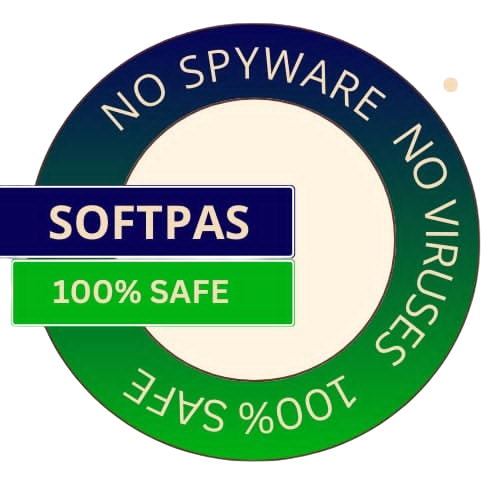
Get the best deals on your favorite games
Visual Swing for Eclipse is a handy tool if you're working with the Eclipse IDE to build Java applications. It gives you access to the Swing Java Graphical User Interface toolkit, which can make your life a lot easier.
This software is basically a collection of plug-ins designed to bring a NetBeans-like GUI right into your Eclipse workspace. Just remember, before you dive in, you'll need to have both the Java Runtime and Eclipse already set up on your machine.
The installation process is pretty straightforward. First, go to the Eclipse Help menu and select Install New Software. Then click the Add button in the pop-up window. From there, hit the archive button and choose the zip file you downloaded earlier. After that, just restart Eclipse, and you should be all set!
If you'd rather go another route, you can simply copy the “features” and “plugins” folders directly into your root Eclipse directory. Once you've done that, restart Eclipse again, and you’ll find those new plug-ins waiting for you in the Preferences window.
Once everything's installed, you'll love using Visual Swing for creating Swing components! It offers features like anchors, layouts, and baselines similar to what you'd find in NetBeans designer. You can even generate and parse Java code on-the-fly while designing! Plus, there's visual support for trees and tables along with drag-and-drop functionality for menus—super convenient!
In summary, if you're developing Java code using the Eclipse IDE and want a solid GUI designer based on the Swing toolkit, then Visual Swing for Eclipse is definitely worth checking out!
Go to the Softpas website, press the 'Downloads' button, and pick the app you want to download and install—easy and fast!

SoftPas is your platform for the latest software and technology news, reviews, and guides. Stay up to date with cutting-edge trends in tech and software development.
Subscribe to newsletter
© Copyright 2024, SoftPas, All Rights Reserved.